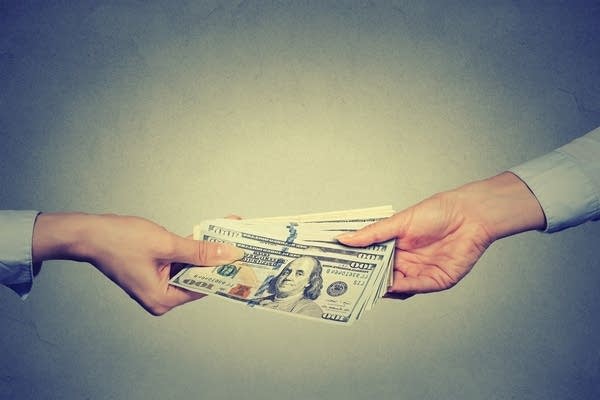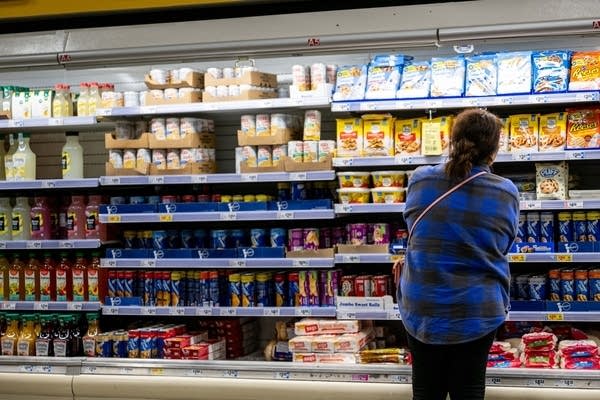If unemployment rises, could that offset tariff-driven inflation?
Experts predict steep tariffs could lead to a recession this year.

This is just one of the stories from our “I’ve Always Wondered” series, where we tackle all of your questions about the world of business, no matter how big or small. Ever wondered if recycling is worth it? Or how store brands stack up against name brands? Check out more from the series here.
Reader Joanna Newman from South Jersey asks:
If the unemployment rate goes up and people cut back on shopping, and wages in general stagnate as more people are looking for jobs, could that offset any tariff-driven driven inflation or inflation in general?
As prices rise due to tariffs, consumers and financial prognosticators fear an economic downturn.
Consumer confidence plunged in April to its lowest level since 2011, while J.P. Morgan raised the probability of a recession from 40% to 60% in early April due to President Donald Trump’s aggressive trade policies. Trump has imposed a baseline 10% tariff on most imports and a 145% tariff on imported Chinese goods, along with a slew of other steep duties.
There is some good economic news: In April the unemployment rate remained unchanged at 4.2%, while employers added 177,000 jobs.
If unemployment does end up rising, people could buy less, which should – in theory – push prices down. In economics, there’s a theory known as the Phillips curve, which argues that there is an inverse relationship between inflation and unemployment. High unemployment is associated with lower inflation and vice versa.
If the economy is doing badly and people have less money to spend, that softens demand, which can bring down inflation a bit, said John Winter, an economics professor at Iowa State University.
However, even if demand goes down and tariff-driven inflation cools, inflation will remain as long as those tariffs are in place, said Gary Hoover, an economics professor at Tulane University.
The link between inflation and unemployment has weakened over the past couple of decades, said Brian Jenkins, an economics professor at the University of California, Irvine.
Unemployment can move on its own, while inflation is tethered to what people expect inflation is going to be, Jenkins said.
When the Federal Reserve began aggressively raising interest rates between 2022 and 2023 to tame inflation, Fed Chair Jerome Powell told Marketplace that tamping it down will “include some pain.” But by September 2023, the unemployment rate stood at 3.8%, the same rate it was in early 2022, while the inflation rate dropped from 9.1% to 3.7%.
There’s a debate about why the link between unemployment and inflation is breaking down, but one theory economists have put forward is that the Federal Reserve is doing a better job of meeting its inflation target and managing our inflation expectations, Jenkins said.
Inflation depends on expectations about the future, and we know what to expect thanks to the Fed.













